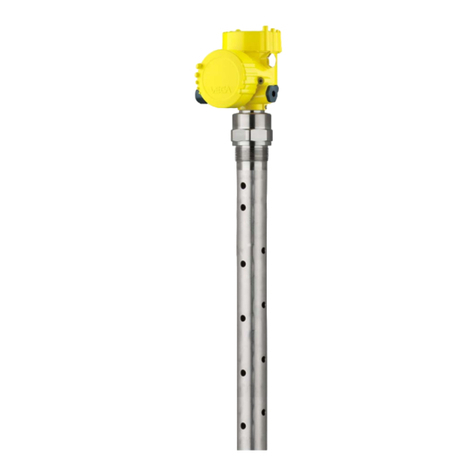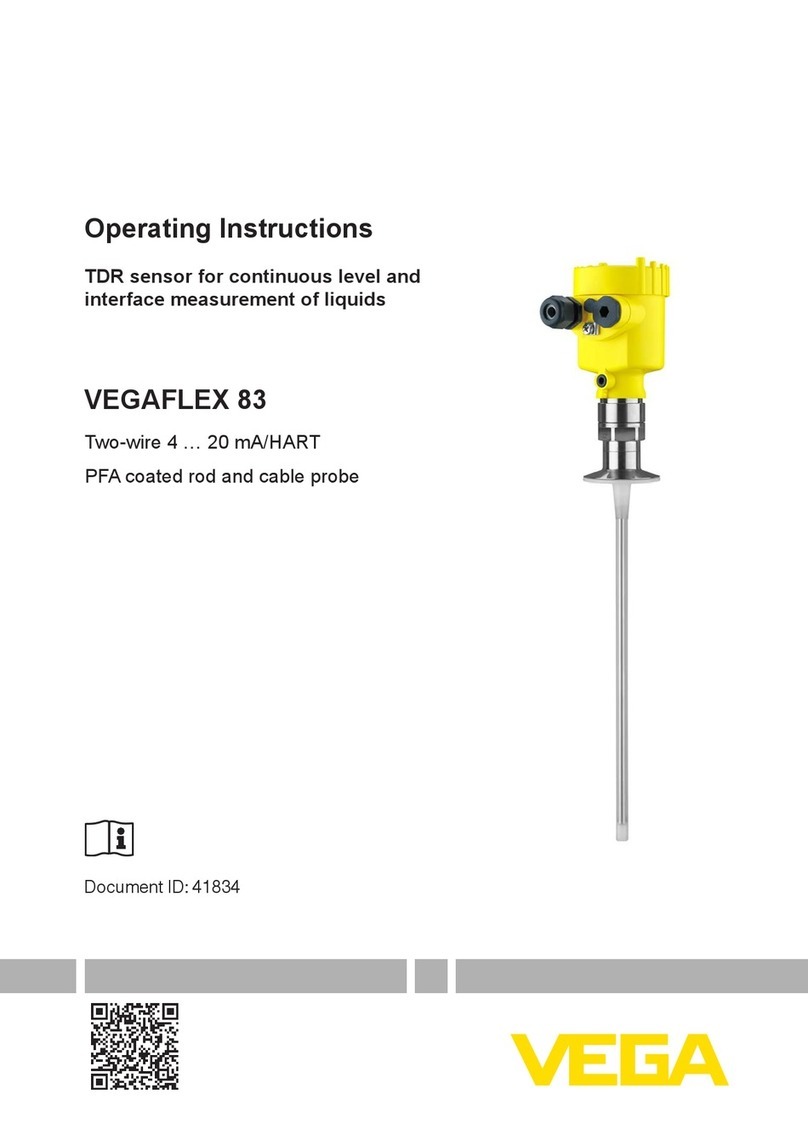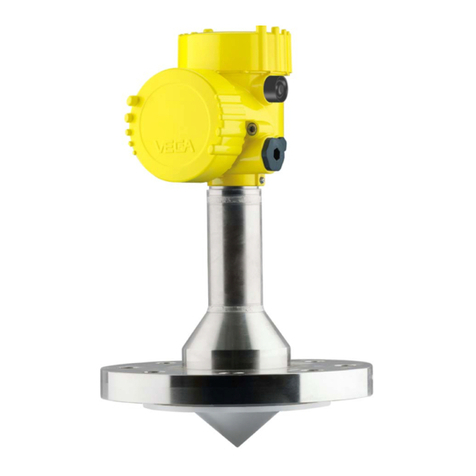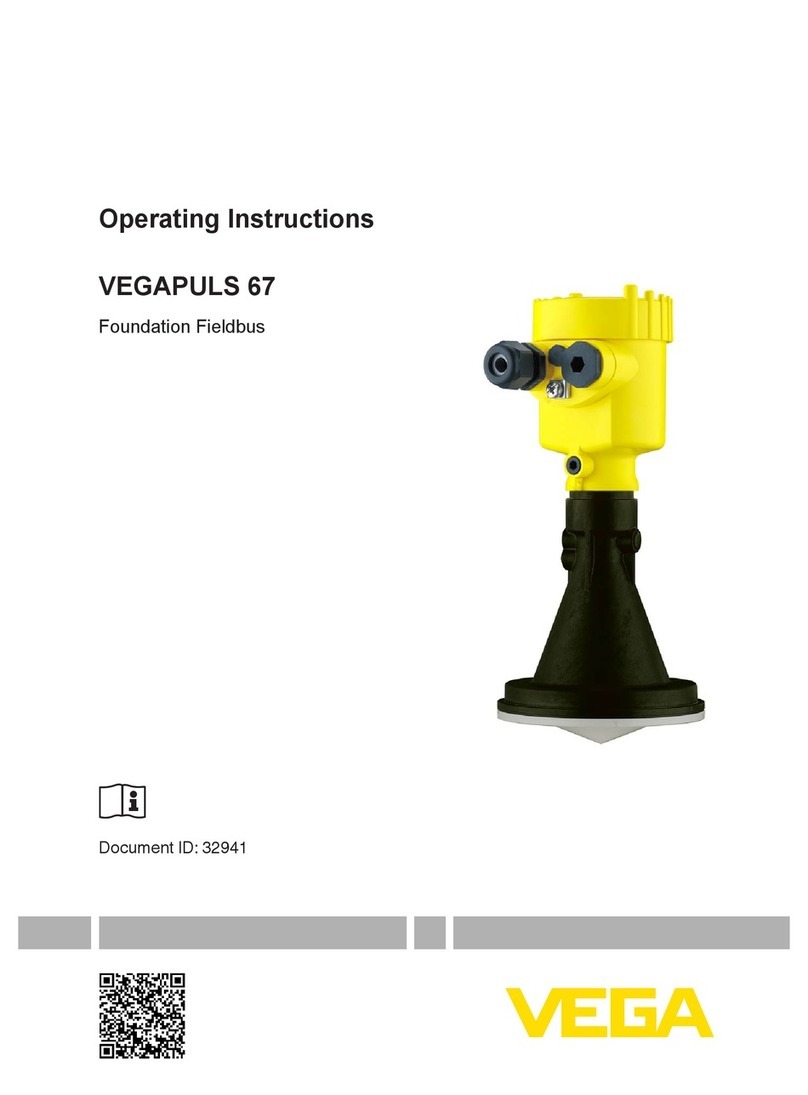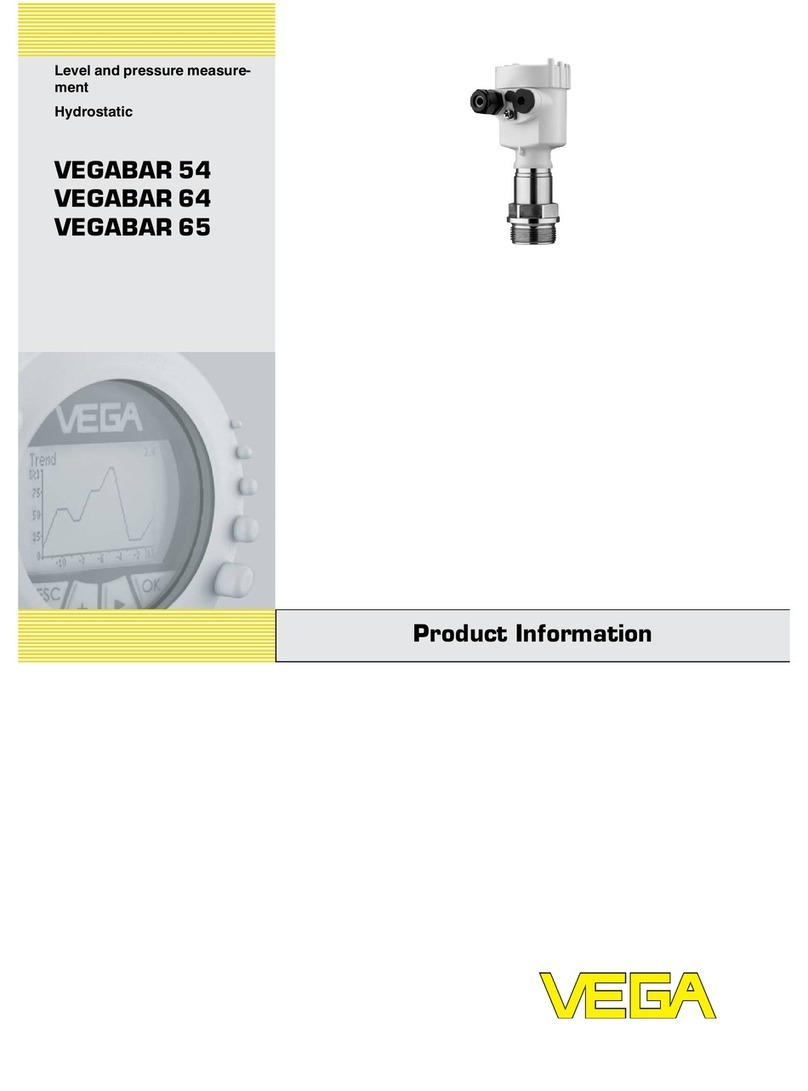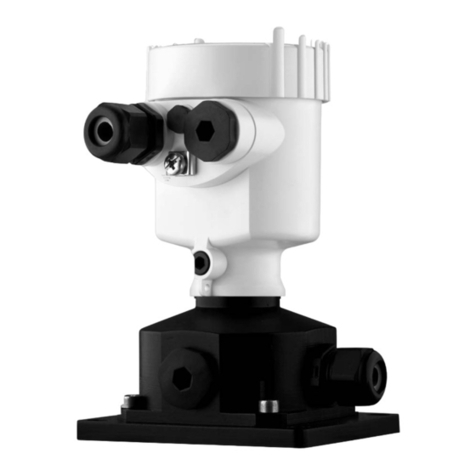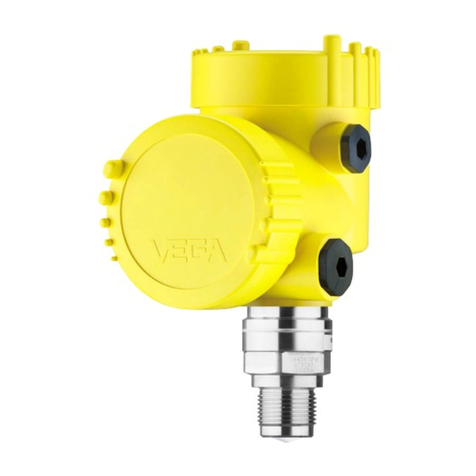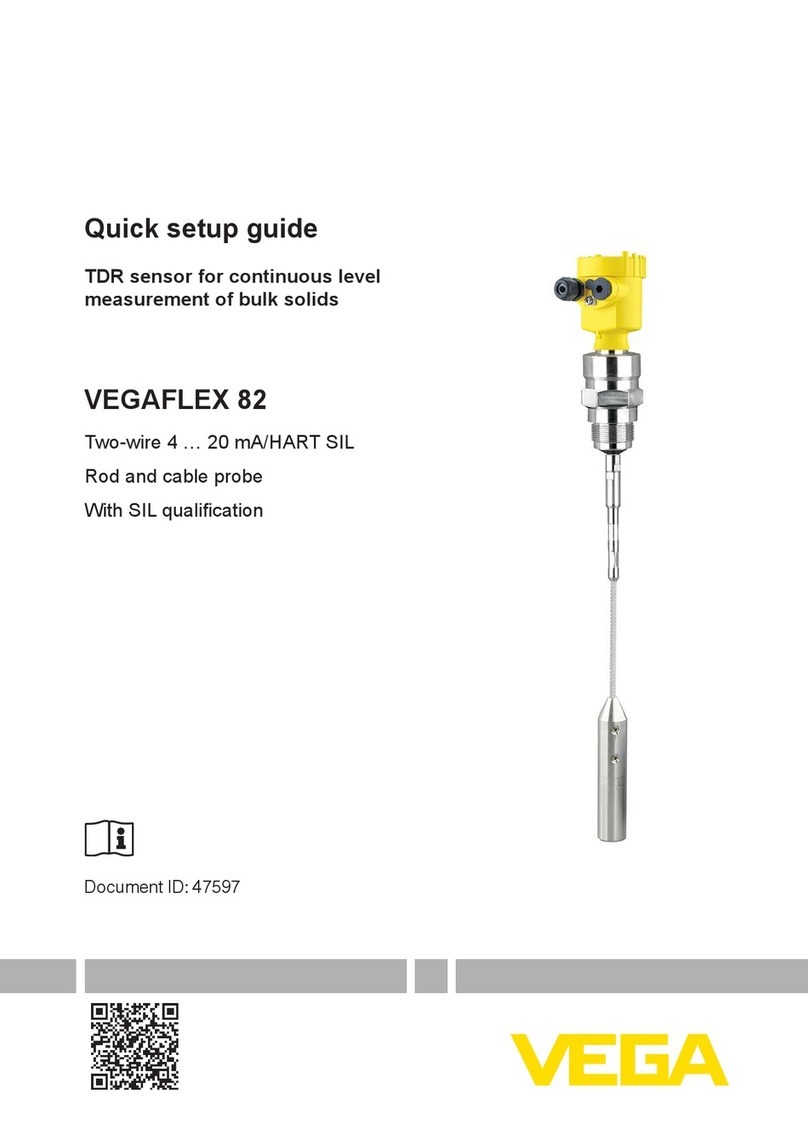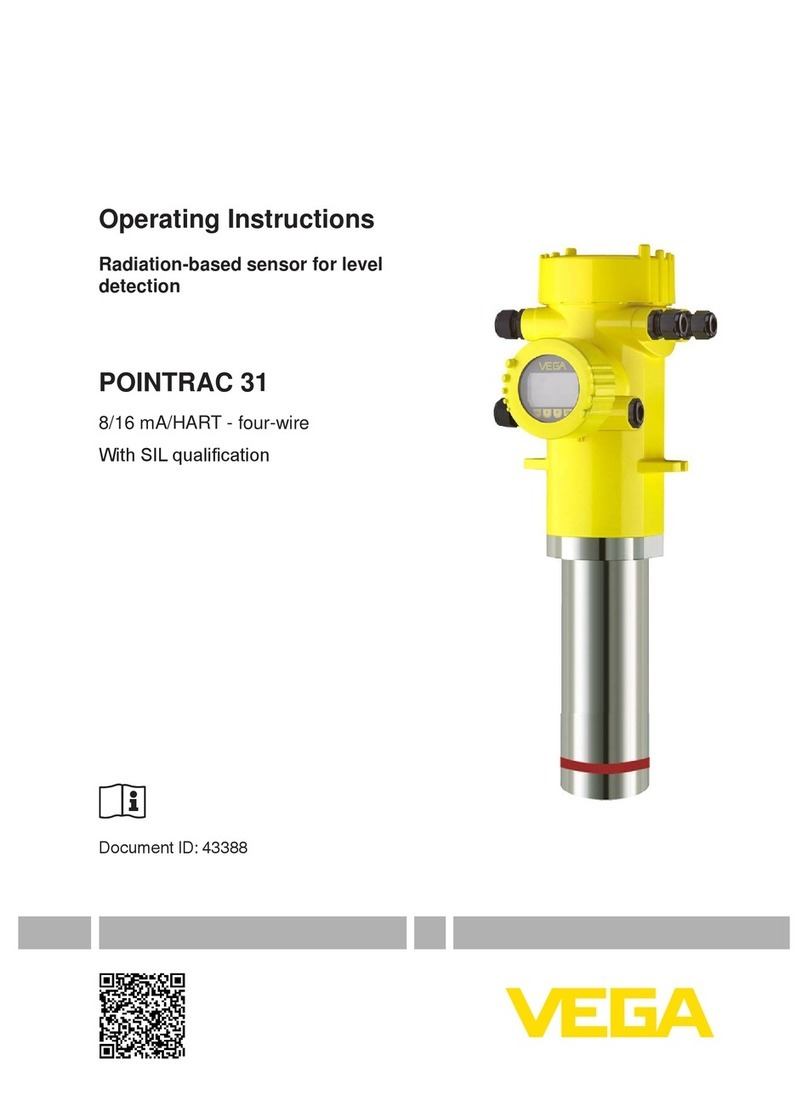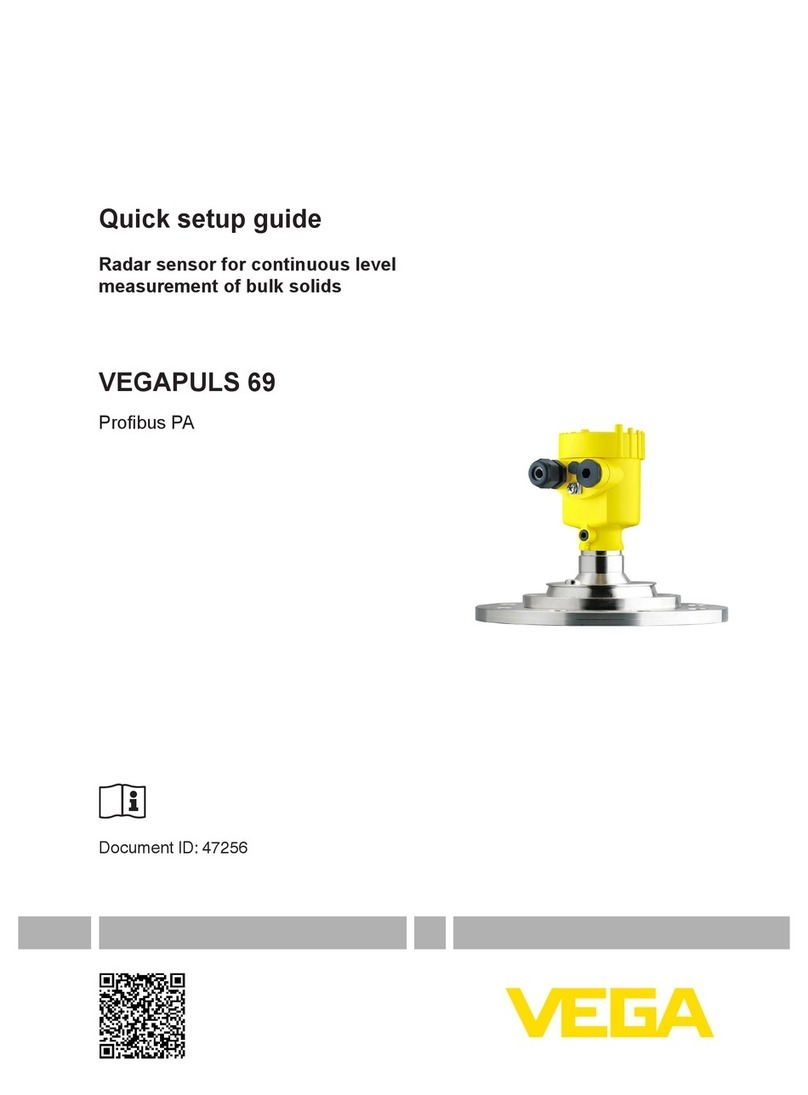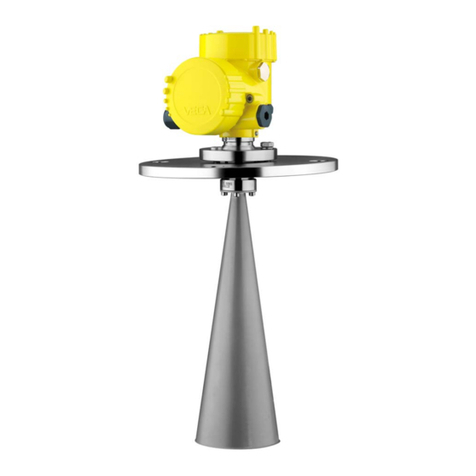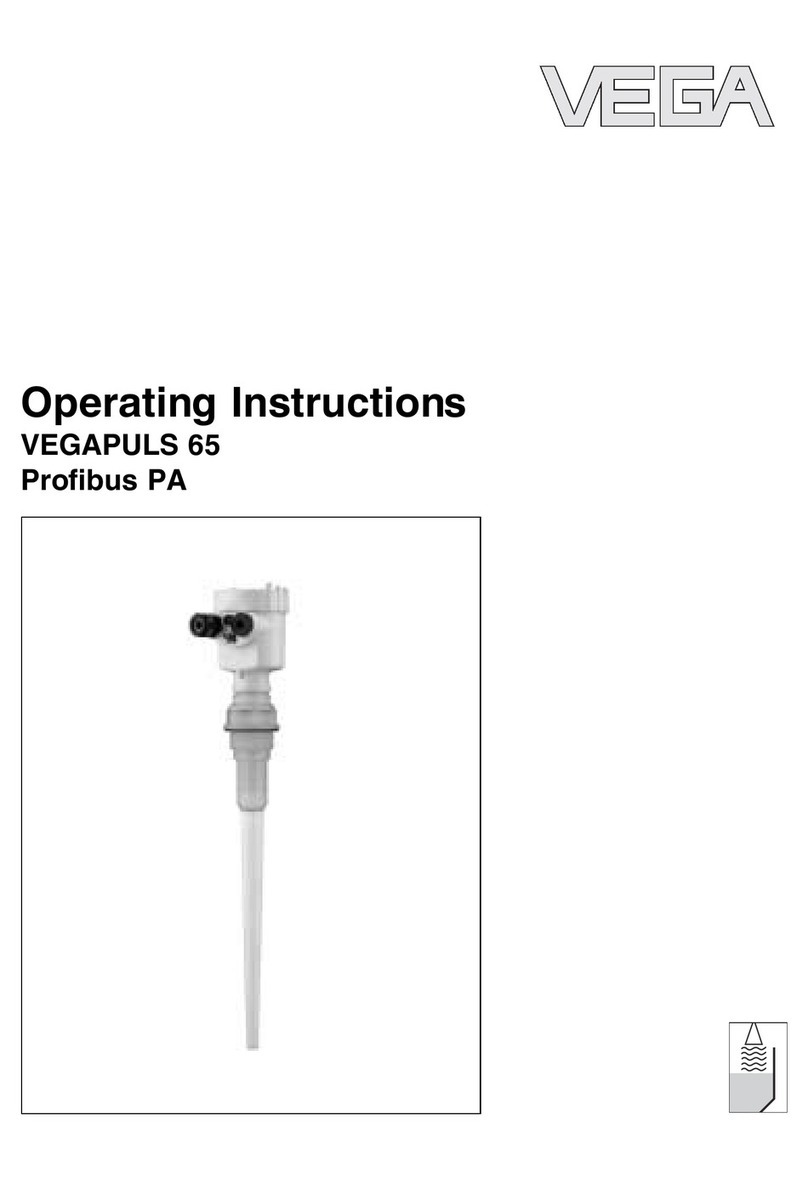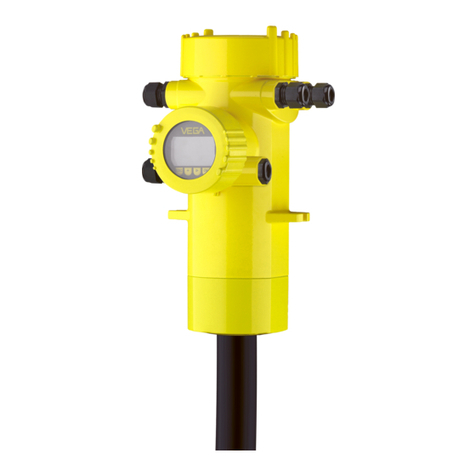2
Contents
FIBERTRAC 31 • Probus PA
43833-EN-170126
Contents
1 About this document
1.1 Function ........................................................................................................................... 4
1.2 Target group ..................................................................................................................... 4
1.3 Symbols used................................................................................................................... 4
2 For your safety
2.1 Authorised personnel ....................................................................................................... 5
2.2 Appropriate use................................................................................................................ 5
2.3 Warning about incorrect use............................................................................................. 5
2.4 General safety instructions............................................................................................... 5
2.5 EU conformity................................................................................................................... 6
2.6 NAMUR recommendations .............................................................................................. 6
2.7 Security concept, Bluetooth operation.............................................................................. 6
2.8 Environmental instructions ............................................................................................... 7
3 Product description
3.1 Conguration.................................................................................................................... 8
3.2 Principle of operation........................................................................................................ 9
3.3 Packaging, transport and storage..................................................................................... 9
3.4 Accessories and replacement parts ............................................................................... 10
3.5 Corresponding source container .................................................................................... 11
4 Mounting
4.1 General instructions ....................................................................................................... 13
4.2 Mounting instructions ..................................................................................................... 14
5 Connecting to power supply
5.1 Preparing the connection ............................................................................................... 18
5.2 Connection - Level measurement................................................................................... 21
5.3 Connection - Level detection.......................................................................................... 24
5.4 Connection - Summation................................................................................................ 26
5.5 Set instrument address .................................................................................................. 28
6 Set up with the display and adjustment module
6.1 Insert display and adjustment module............................................................................ 29
6.2 Adjustment system......................................................................................................... 30
6.3 Parameter adjustment - Level measurement .................................................................. 31
6.4 Parameter adjustment - Summation Slave ..................................................................... 43
6.5 Parameter adjustment - Point level detection.................................................................. 49
6.6 Saving the parameterisation data................................................................................... 60
7 Setup with smartphone/tablet (Bluetooth)
7.1 Preparations................................................................................................................... 61
7.2 Connecting..................................................................................................................... 61
7.3 Sensor parameter adjustment........................................................................................ 62
8 Setup with PACTware
8.1 Connect the PC.............................................................................................................. 64
8.2 Parameter adjustment with PACTware............................................................................ 64
8.3 Saving the parameterisation data................................................................................... 65
9 Setup with PC/notebook (Bluetooth)
9.1 Preparations................................................................................................................... 66
